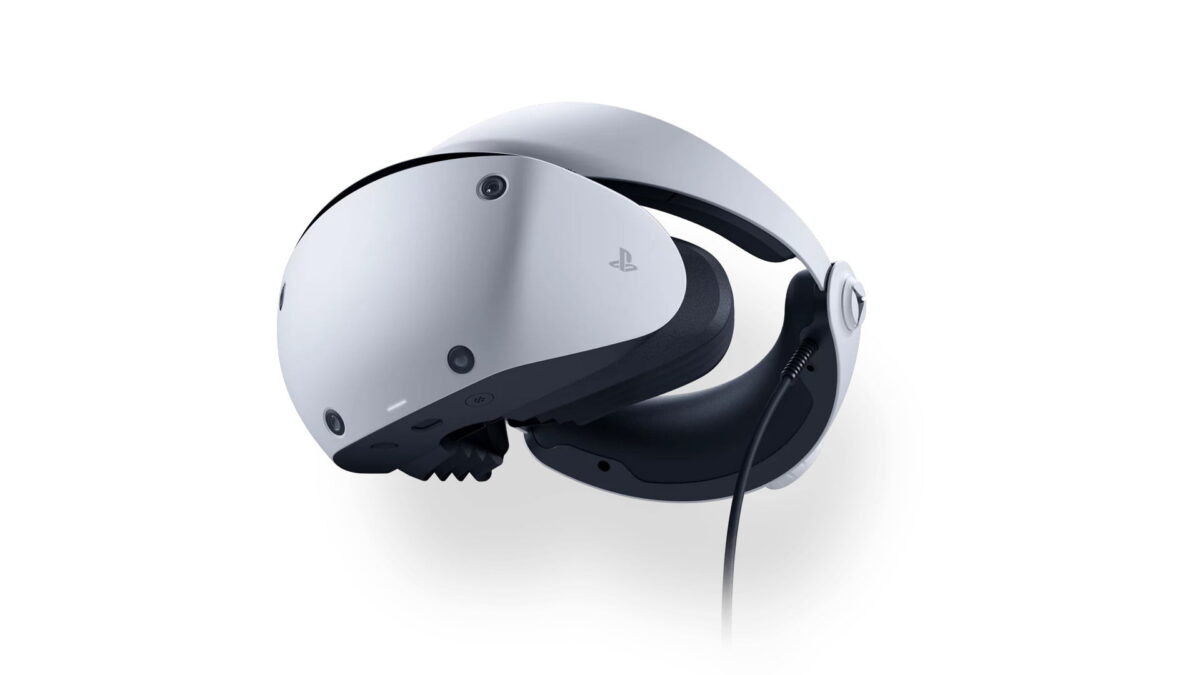Playstation VR 2: Tips to avoid motion sickness

Do you get sick when playing with Playstation VR 2? This can possibly be avoided if you follow our tips.
Motion sickness can occur with any VR headset and is usually caused by the type of VR content and its artificial locomotion.
With Playstation VR 2, there are two additional factors that can contribute to nausea: the higher persistence of the OLED displays at full brightness and Sony's reprojection technology. In the following article, I explain how these factors might affect your VR experience and offer solutions.
More tips & tricks for the Playstation VR 2 can be found in the following articles:
- Playstation VR 2: 11 tips for more comfort
- PSVR 2 beginner’s guide: Tips and tricks for Sony’s VR headset
Content
Tip #1: Pick the VR games and locomotion settings that work for you
The first tip has to do with motion sickness in general and is independent of Playstation VR 2.
- What is motion sickness?
- What causes motion sickness?
- How can I prevent motion sickness?
You can find the answers to these questions in our in-depth article on motion sickness, which you should read carefully.
Here you'll learn the key strategies for avoiding motion sickness: choosing VR games based on your sensitivities and finding suitable locomotion settings.
Tip #2: Turn down the screen brightness
If you've tried Tip #1 and are still feeling nauseous, Tip #2 may help.
Set the brightness of the VR displays to 25 percent or lower.
The Playstation VR 2's OLED displays offer higher brightness than other VR headsets. This comes at the cost of a higher display persistence, which results in a slight motion blur and can cause nausea for some people. You can read more about this phenomenon in the linked article.
Pressing the PlayStation button on the Sense controller twice in a row will bring up a menu where you can adjust the brightness of the displays. This also works while you are in a VR game.
At 25 percent brightness, the displays are still as bright as most other VR headsets, but with much lower persistence. At 0 percent, the displays are noticeably less bright.
Some VR games take this into account and offer a software-based brightness slider that should improve the visibility of the game world.
Tip #3: Avoid VR games that use reprojection
Another PSVR-2 specific cause of motion sickness may be its reprojection technology.
Developers use reprojection for graphically demanding VR games that cannot reach a native 90 frames per second. With this technique, the PS5 renders artificial frames that increase the frame rate from 60 to 120.
Unfortunately, major VR games like Horizon Call of the Mountain, Resident Evil Village, and Gran Turismo currently use this rendering technique. If these titles make you nauseous, try VR games that run at native 90 or 120 frames per second. Some titles may even give you the option to choose between reprojection or a performance mode with native frame rendering.
You will need to research which VR games support which modes on the web. Reddit can be a good source of information.
We can only hope that Sony will improve their reprojection technology with future updates to reduce or eliminate this problem. Reprojection techniques have been around for PC VR for years, and even Meta Quest 2 supports reprojection in certain VR games.
Tip #4: Ensure good tracking conditions
Please note that poor tracking conditions can have a negative impact on reprojection. This is because the reprojection relies on the quality of the tracking data.
If you are playing in an empty room with nothing but bare walls, the tracking system will have trouble finding visual anchor points. If the tracking can no longer keep up, the quality of the reprojection will suffer as well.
Make sure you set good conditions for the Playstation VR 2's tracking system by avoiding very bright light sources or mirrors and activate tracking support if necessary.
Note: Links to online stores in articles can be so-called affiliate links. If you buy through this link, MIXED receives a commission from the provider. For you the price does not change.